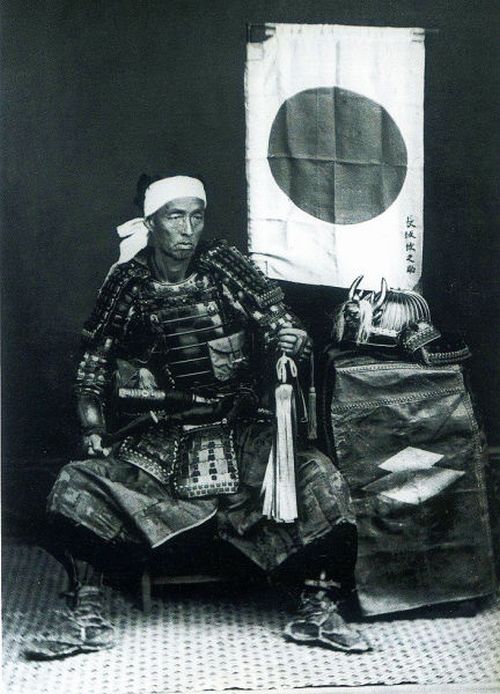|
|
History: Samurai Portrait
|
The word bushi (武士, lit. "warrior or armsman") first appears in an early history of Japan called Shoku Nihongi (続日本記, AD 797). In a portion of the book covering the year AD 721, Shoku Nihongi states: "Literary men and Warriors are they whom the nation values". The term bushi is of Chinese origin and adds to the indigenous Japanese words for warrior: tsuwamono and mononofu.
Bushi was the name given to the ancient Japanese soldiers from traditional warrior families. The bushi class was developed mainly in the north of Japan. They formed powerful clans, which in the 12th century were against the noble families who were grouping themselves to support the imperial family who lived in Kyoto. Samurai was a word used by the Kuge aristocratic class with warriors themselves preferring the word bushi. The term Bushidō, the "way of the warrior," is derived from this term and the mansion of a warrior was called bukeyashiki.
The terms bushi and samurai became synonymous near the end of the 12th century, according to William Scott Wilson in his book Ideals of the Samurai—Writings of Japanese Warriors. Wilson's book explores the origins of the word warrior in Japanese history as well as the kanji used to represent the word.
"Breaking down the character bu (武) reveals the radical (止), meaning "to stop," and an abbreviation of the radical (戈 ) "spear." The Shuo Wen, an early Chinese dictionary, gives this definition: "Bu consists of subduing the weapon and therefore stopping the spear." The Tso Chuan, another early Chinese source, goes further:
|
|









